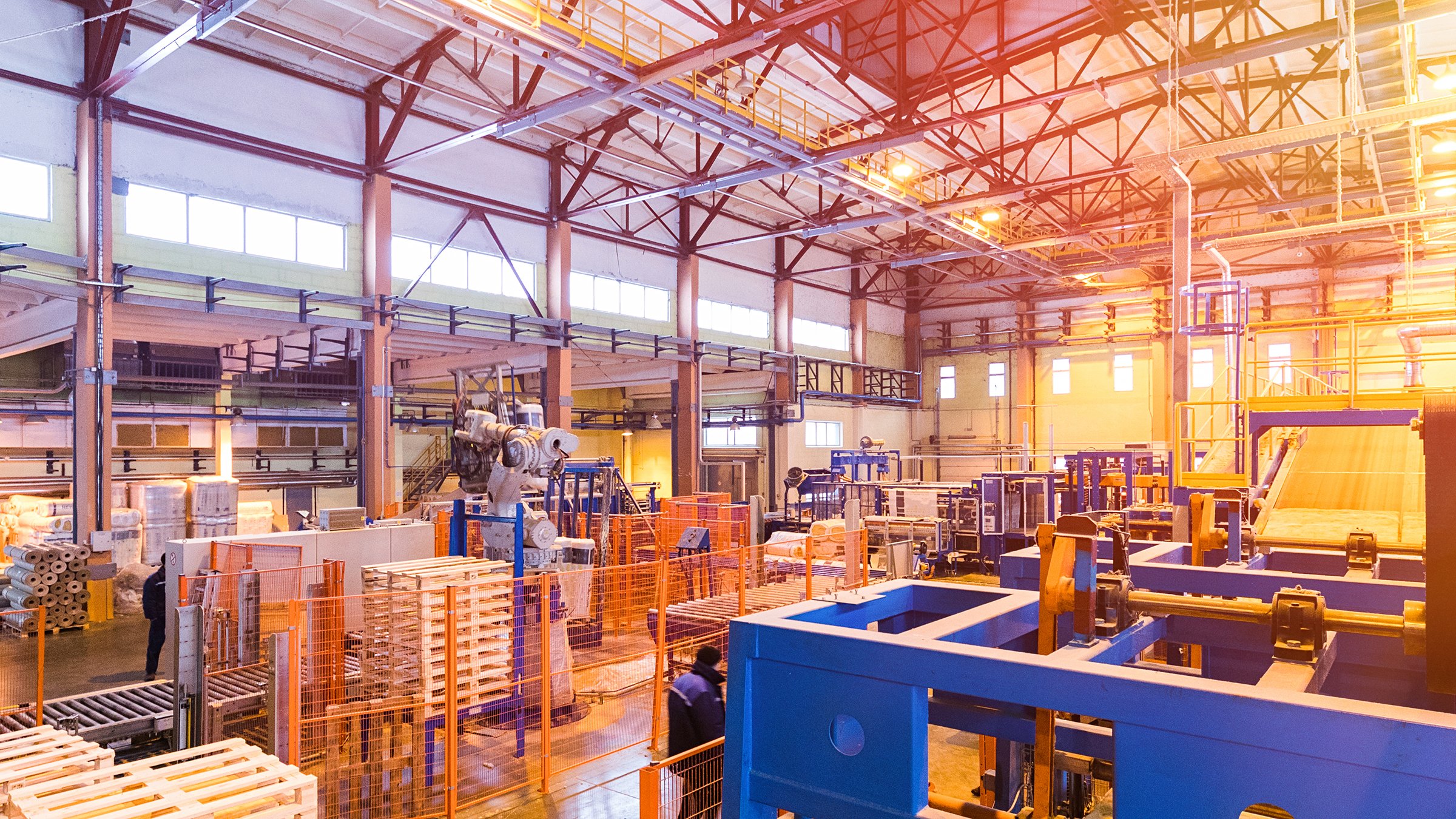Recommended For You
Challenge
Management wanted to move from traditional methods to adopt a lean manufacturing philosophy in an effort to capture savings across the enterprise.
Solution
Rockwell Software Arena Simulation Software
A lean manufacturing simulation model was created that replicated the existing assembly system as well as a potential system of similar capacity that modified the existing design to incorporate lean manufacturing shop-floor principles. Arena’s manufacturing simulation software generated performance statistics for both systems and measured each system’s resource requirements and performance in terms of various time-based measurements.
Results
The lean manufacturing simulation model showed the manufacturer how to:
- Avoid unnecessary material handling
- Avoid transportation and system delays
- Remove redundant inspection and testing procedures
- Better utilize the existing labor force
- Eliminate redundant/unnecessary part flow times and inventories
- Reduce warehouse floor area by 37%
- Cut warehouse inventory by 70%
- Cut exchange inventory by 63%
- Cut assembly cell inventory by 75%
Background
Based in Kentucky, an international manufacturer positions itself as the leading developer of home and business printing equipment, such as laser and inkjet printers and their associated supplies and services.
Challenge
Traditional manufacturing methods, combining warehousing, transportation, inspection, and assembly of approximately 80 parts into a finished product, had been used to manage the company’s high-volume assembly process that generates 500,000 units per year.
Management wanted to assess moving from traditional methods to adopt a lean manufacturing philosophy in an effort to capture savings across the enterprise. However, they wanted quantifiable proof at the planning and evaluation stages that lean manufacturing was the optimal manufacturing method.
They turned to Rockwell Software’s Arena simulation software to help predict the cost and magnitude of adopting lean principles.
Solution
The manufacturer’s system comprised six identical manufacturing cells, each of which contained 12 sequential, adjoining workstations, an inspection station, four testing workstations, a repair station, and two packing stations. The assembly steps were similar for the manufacturer’s various products, with each cell capable of assembling all products. A 15-20 minute changeover was required for the cells to switch from one product to another. Most of this time involved removing and restocking the cell with those parts that were not common to both products. The lean manufacturing simulation model replicated the existing assembly system as well as a potential system of similar capacity that modified the existing design to incorporate lean manufacturing shop-floor principles. The manufacturing simulation software generated performance statistics for both systems and measured each system’s resource requirements and performance in terms of various time-based measurements. In addition to the manufacturing processes, the associated warehousing, inventory management, transportation, and production control/scheduling systems were included in the model to quantify the impact of lean manufacturing on the total system.
Results
One of the goals of the manufacturing simulation model was to improve the manufacturing process flow by integrating pre-assembly and kitting into a single assembly cell. (Kitting combines a number of small items into the product container.) The lean manufacturing simulation model showed the manufacturer how to avoid unnecessary material handling, inventories, transportation and system delays; remove redundant inspection and testing procedures; and better utilize the existing labor force. By consolidating testing activities, pre-assembly, and kitting into a single assembly cell, the lean manufacturing simulation model showed how the manufacturer could eliminate part flow times and inventories by up to 100%. Nine employees could be reassigned to other activities. The model further illustrated that adopting lean manufacturing could reduce warehouse floor area by 37% (due to lower inventory levels) and that the warehouse could be located closer to the assembly cells and exchange area.
The model showed how transport distance could be slashed, eliminating the need for seven forklifts. The manufacturing simulation model also demonstrated that lean manufacturing would also significantly impact inventories: warehouse inventory could be cut by 70%, exchange inventory by 63%, assembly cell inventory cut by 75%, and finished goods inventory by 10%. Arena enabled the manufacturer’s management team to compare the results of the simulation study to actual plant performance during the implementation of lean procedures. They were able to assess the performance of the lean system relative to the system it was designed to replace, without incurring the cost and time of experimenting with the actual shop-floor setup.
公開 2014/08/01
